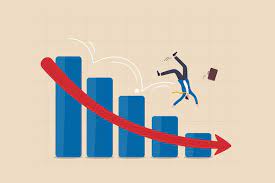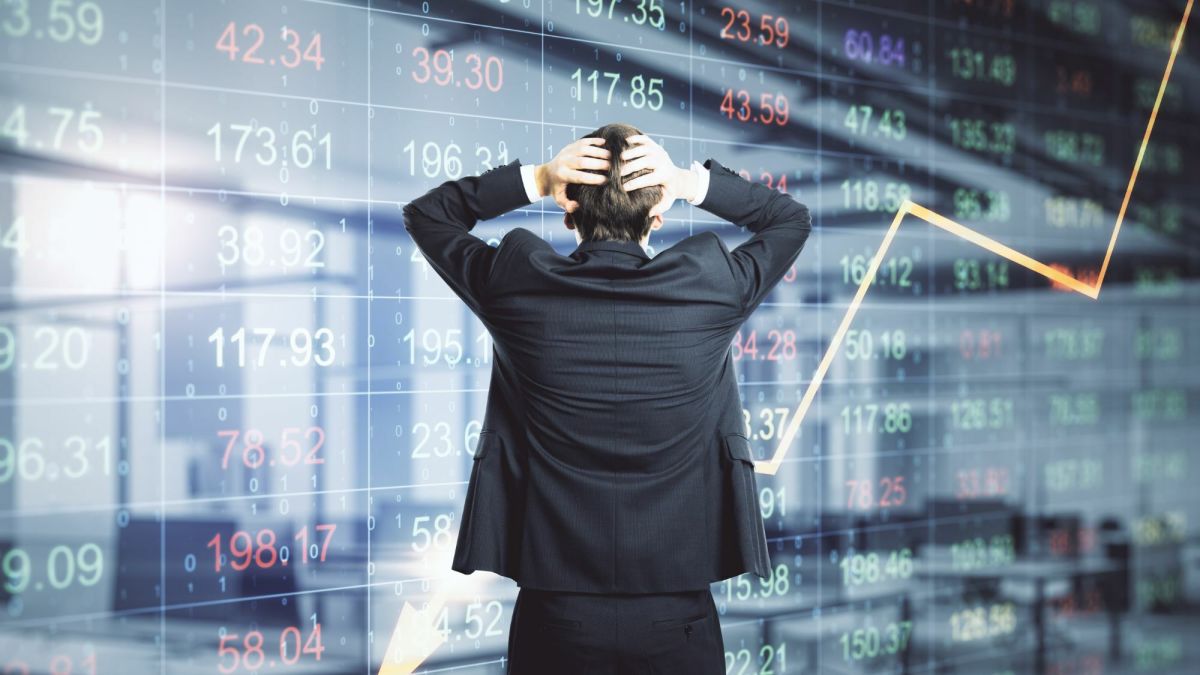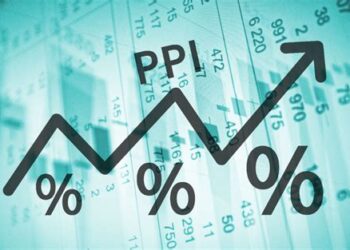When most people think of a stock market crash, their minds immediately go to iconic moments like the Wall Street Crash of 1929, the Black Monday of 1987, or the 2008 financial crisis. These events are seared into our collective memory, serving as powerful cautionary tales about the risks of speculative bubbles and systemic financial fragility. However, the history of financial markets is dotted with numerous other, often forgotten, crashes that, while less dramatic in a global sense, were just as devastating for those involved and offered crucial lessons that have shaped today’s regulatory frameworks and investment strategies. These “forgotten” crashes reveal a common thread: an overzealous pursuit of returns, a lack of transparency, and a reliance on untested financial innovations. This article will delve into some of the most significant yet overlooked market crashes, exploring their causes, their lasting impacts, and the timeless lessons they offer to modern investors.
These hidden crashes are not just footnotes in financial history; they are a key part of the market’s evolution. They highlight the recurring patterns of human behavior—greed, fear, and herd mentality—that drive booms and busts. By studying these events, we can gain a deeper appreciation for the resilience of financial markets and the importance of diversification, risk management, and a long-term perspective. The stories of these crashes are a reminder that a well-informed and disciplined approach to investing is the best defense against the inevitable turbulence of the market. They teach us that every new financial innovation, no matter how promising, carries with it a new form of risk that must be carefully understood and managed.
The Tulip Mania: The First Speculative Bubble
Long before the modern stock market, the Dutch Tulip Mania of the 17th century serves as the quintessential example of a speculative bubble. While not a stock market crash in the modern sense, its principles and psychological drivers are identical.
- A. The Origins of the Mania: During the Dutch Golden Age, tulips, a new and exotic import from the Ottoman Empire, became a status symbol for the wealthy. Their vibrant and unique colors were caused by a virus, making the rarest specimens highly sought after. This high demand eventually led to a trading frenzy in which the price of a single bulb of a rare “Semper Augustus” tulip skyrocketed to more than the price of a house.
- B. The Bubble Bursts: The mania was fueled by speculation, not the intrinsic value of the bulbs. People began to buy tulips with the sole intent of reselling them at a higher price, with no intention of ever planting them. This frenzy reached a peak in 1637. When some sellers began to sell their bulbs for a profit, a panic ensued. The prices plummeted, and within a few weeks, the value of tulip bulbs was a fraction of what they had been.
- C. The Lasting Impact: The Tulip Mania demonstrated the power of herd mentality and the irrationality of crowds. It showed that an asset’s price can become completely disconnected from its underlying value, a phenomenon that has been repeated in countless financial bubbles since. It is the first and perhaps most vivid lesson on the dangers of speculative excess.
The South Sea Bubble of 1720
This was one of the earliest modern stock market crashes, a financial scheme that crippled the British economy and led to a wave of new regulations.
- A. The Scheme: The South Sea Company was formed in 1711 with a monopoly on trade with South America. In exchange for this monopoly, it agreed to take on a large portion of the national debt from the British government. The company’s stock soared to unprecedented heights, driven by rampant speculation and a public belief in the company’s vast, if imaginary, potential. People from all walks of life, from servants to aristocrats, invested their life savings, convinced they were getting rich overnight.
- B. The Burst: The bubble burst when the company’s ability to generate a profit from its trade was exposed as a myth. At the same time, the government passed the “Bubble Act,” which made it illegal for other companies to issue stock without a royal charter, causing a domino effect that brought the entire market down. The company’s stock, which had reached a peak of over £1,000, collapsed to a mere £150, wiping out the fortunes of thousands of investors.
- C. The Legacy: The South Sea Bubble led to the Bubble Act, a major piece of legislation that was intended to prevent future speculative frenzies. It highlighted the need for regulation and transparency in financial markets. It also taught a bitter lesson about the importance of due diligence and the dangers of investing in schemes that promise impossible returns.

The Railroad Panic of 1873
This was a major U.S. financial crisis that was a direct result of over-investment in a new and exciting technology: the railroad.
- A. The Era of Over-Expansion: After the Civil War, the U.S. economy boomed, and investors poured vast sums of money into railroad construction. This was a classic “new technology” bubble. The country was over-building railroads, with more miles of track laid than were actually needed. As a result, many railroad companies were unable to generate the profits needed to pay back their loans.
- B. The Panic Begins: The crisis was triggered by the failure of Jay Cooke & Company, a major U.S. bank that was heavily invested in railroad bonds. When the bank went bankrupt, a domino effect ensued. Stock markets crashed, and thousands of businesses failed. The New York Stock Exchange was forced to close for ten days, and the country was plunged into a severe economic depression that lasted for six years.
- C. The Lessons Learned: The Panic of 1873 demonstrated the risks of speculative over-investment in a single sector. It showed that even a seemingly revolutionary technology could not guarantee a return if its growth was not supported by a strong economic foundation. It highlighted the importance of financial regulation and the role of banks in controlling the flow of credit to prevent speculative excesses.
The Flash Crash of 2010
This is a modern example of a forgotten crash that, while brief, demonstrated the new and profound risks of a technologically driven market.
- A. The Event: On May 6, 2010, the Dow Jones Industrial Average plunged by nearly 1,000 points in a matter of minutes, only to recover most of its losses just as quickly. This dramatic, unexplained swing in prices terrified investors.
- B. The Cause: A government investigation later found that the crash was not caused by a single event but by a combination of factors, including a massive, automated “sell” order from a single trader and a lack of liquidity in the market. The highly automated, algorithmic trading systems that dominate modern markets reacted in a way that amplified the selling pressure, leading to a sudden, catastrophic drop in prices.
- C. The Lasting Impact: The Flash Crash of 2010 was a wake-up call to regulators and investors. It demonstrated the new and unpredictable risks of a market dominated by high-speed, algorithmic trading. It led to new regulations, such as “circuit breakers” and “limit up/limit down” rules, designed to automatically halt trading in the event of a sudden and severe price swing. It also highlighted the need for greater transparency and oversight of the algorithms that now control a significant portion of trading volume.
A Timeless Guide for Modern Investors
The lessons from these forgotten crashes are as relevant today as they were in centuries past. They provide a clear roadmap for navigating the complexities of modern financial markets.
A. Understand the Underlying Value: The most important lesson is to never let an asset’s price become completely disconnected from its underlying value. Whether it’s a new tech stock, a cryptocurrency, or a real estate investment, do your homework and understand what you are buying.
B. Diversify and Manage Risk: All of these crashes were caused by an over-concentration of risk in a single asset or sector. A well-diversified portfolio is your best defense against this kind of risk. Never put all your eggs in one basket.
C. Stay Disciplined and Avoid Herd Mentality: Fear and greed are powerful emotions. In a volatile market, it is easy to get swept up in the emotion of the moment and make irrational decisions. The best investors are those who stick to their long-term strategy and remain calm in the face of market turbulence.
D. Be Cautious with Unproven Innovations: All of these crashes were tied to a new and unproven financial innovation, whether it was the tulip market, the South Sea Company’s stock, or a new type of railroad bond. Be cautious when investing in a new trend and remember that a high potential reward always comes with a high level of risk.
E. The Importance of Regulation: These crashes were the catalyst for much of the financial regulation we have today. They are a reminder that a well-regulated, transparent market is essential for long-term stability and investor protection.
These forgotten crashes are a powerful reminder that financial history often repeats itself. By studying the mistakes of the past, we can better prepare for the challenges of the future and build a more resilient and prosperous financial future for ourselves. The market is a living history book, and its most important lessons are often found in the pages we tend to forget.













